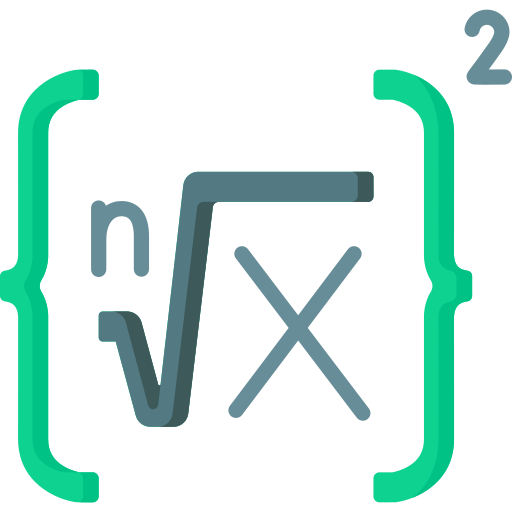
Industrial network and communication protocols
Industrial networking is important in industrial automation and process control. An industrial network differs from traditional communication, which
allows communication between computers and their peripherals such as printers, scanners, and more. An industrial network is a powerful network that connects industrial automation and control devices
(PLCs, HMIs, PCs, VFDs, transmitters, etc.) and provides real-time monitoring, control, and
data integrity in a harsh environment.
Industrial networks consist of controllers (PLC, PAC, or DCS), field devices, PCs, and other industrial devices that are connected to share and exchange data.
A node in an industrial network can be a controller (PLC, PAC, or DCS), field device (sensor/transmitter or actuator), HMI, server, or workstation.
Network topology can be grouped into two areas:
· logical topology: This refers to the pattern in which data is being transferred between the nodes
in the network. It defines the path that data takes when it is being transmitted.
· physical topology: This refers to the physical layout or arrangement of the nodes in the network.
It shows how various nodes in the network are connected.
Some common physical topologies are:
· Point-to-point topology: In a point-to-point topology, a connection is made between two devices
with a single wire. There is a direct link between two devices in a point-to-point network, as
shown in the following diagrams.
An example of a point-to-point topology in a home or office is a PC connected to a printer; in industrial automation, an example of a point-to-point topology is a PLC connected to a PC when downloading a program to the PLC or a PLC connected to an HMI for monitoring and control purposes.
· Bus topology: In a bus topology, each node is connected to a single cable segment. This is
called the trunk, backbone, or bus. Termination resistors are used at both ends to improve
signal quality. When data is to be transmitted by a node to another node, the data is sent out
to all the nodes in the network. However, this will be ignored by all other nodes and accepted
by the destination node – that is, a node will only respond to the data that is directed to it. A
common example of the bus topology in industrial automation is a network of PLCs, HMIs,
and other devices using the PROFIBUS protocol.
· Star topology: In a star topology, each node is connected to a central device. This can be a
switch, router, or hub. When a node wants to send data to another node, it sends the data to
the central device, which will then pass the data to the destination node. Devices communicate
with each other indirectly through the central device.
· Ring topology: In a ring topology, when the nodes in the network are connected, they
form a ring. The last node is connected to the first node to form a closed loop, as shown in the
following diagram.
In a ring topology, data is transmitted from one node to another until it
reaches the destination node.
Network protocols
A network protocol can be referred to as a method of data communication between two or more devices on a network. It is a set of rules that should be adhered to for communication to occur between two or more connected devices. Common industrial network protocols can be grouped as wired and wireless (Bluetooth, Wi-Fi, Cellular) networks.
Common industrial network protocol - Foundation Fieldbus
This protocol is developed by the International Society of Automation (ISA). It is used
to connect foundation Fieldbus-enabled devices such as sensors/transmitters to a control system with
less wiring. It allows several Fieldbus devices to use a single cable. Two types of foundation Fieldbus implementation are Foundation Fieldbus H1 and Foundation
Fieldbus High-Speed Ethernet (HSE). A linking device is usually used to connect a Foundation Fieldbus H1 to a Foundation Fieldbus HSE
network.
1. Foundation Fieldbus H1: This version provides speeds of up to 31.25 Kbps. Twisted pair cables
and fiber optic cables can be used as network media. It provides digital communication and DC
power over the same twisted pair. It is implemented using a bus or star topology. Its network
can have up to 32 nodes per segment. It is used for communication between several sensors/
transmitters and actuators (field devices) and a PLC, DCS, or any other form of controller.
2. Foundation Fieldbus HSE (High-Speed Ethernet): This version provides speeds up to 100
Mbps. It is used to connect higher-level devices (for example, PCs, controllers, and remote I/O).
Twisted pair cables and fiber optic cables can also be used as network media. It is an industrial
Ethernet-based protocol that can be implemented using a star or tree topology. Adding or removing devices can be done easily without affecting the network.






